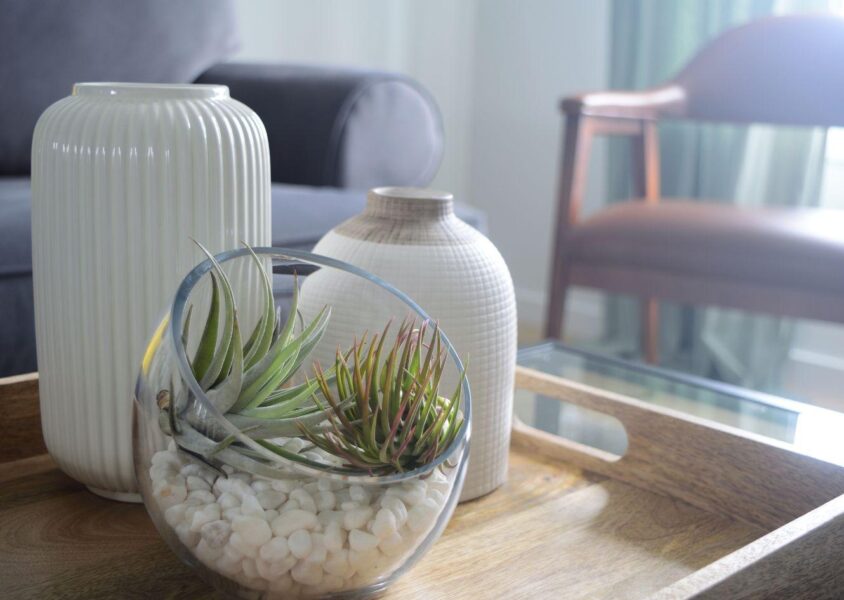Air Plants for Indoor Gardening

Air plants are flowering plants belonging to the bromeliad family. They are native to the tropical regions of Central and South America. People love these plants for their ability to survive without soil
Air plants get their nutrients and moisture from the air. They can grow indoors or outdoors in various settings. In addition, they are popular for their low-maintenance requirements and ability to thrive in light and humidity conditions. They have long, thin leaves that are usually green, but some varieties may have purple, pink, or red foliage. In addition, they can produce colorful flowers, which may be pink, purple, or red.
Air plants are easy to care for. They can grow in various containers, including vases, terrariums, and hanging baskets. They also benefit from periodic fertilization with a specially formulated air plant fertilizer.
Air plants are native to the tropical regions of Central and South America, including Mexico, Guatemala, Belize, Honduras, Costa Rica, Panama, Colombia, Venezuela, Ecuador, Peru, and Bolivia. They grow in various habitats, including rainforests, deserts, and high-altitude regions.
Commonly, people harvest air plants for horticulture. There are various methods for collecting and propagating them. For example, they are propagated through seed, while others are propagated through offsets or divisions.
They are generally sustainable and environmentally friendly plant choice. They are low-maintenance and do not require soil, making them a good option for people who want to grow plants without using many resources. In addition, they can absorb nutrients and moisture from the air, making them less dependent on irrigation and fertilizers.
Tips for Caring for Air Plants
Air plants are a popular choice for indoor gardening, as they can add a touch of greenery to any space without taking up much room. They are also a great option for people needing more gardening experience. Here are a few tips for caring for them:
Watering: These plants get nutrients and moisture from the air and do not require soil. You can mist or soak them in water once a week. Avoid getting water on the leaves, as this can cause them to rot. Instead, focus on watering the roots and base of the plant.
Light: Air plants do best in bright, indirect light. They can tolerate some direct sunlight, but it’s best to avoid placing them in direct sun for extended periods, as this can cause their leaves to burn.
Fertilization: These plants benefit from periodic fertilization with a specially formulated air plant fertilizer. Follow the manufacturer’s instructions for the frequency and amount of fertilizer used.
Temperature: Air plants prefer temperatures between 60 and 90 degrees Fahrenheit. They can tolerate a wide range of temperatures, but extreme temperatures can cause them to die.
Containers: These plants grow easily in various containers, including vases, terrariums, and hanging baskets. Choose a container that is large enough to accommodate the size of your plant and has good drainage.
Handling: Air plants are delicate and should be handled gently. Avoid bruising or tearing the leaves, and be careful not to drop the plant.
These plants do not produce pollen and are not known to cause allergies. However, as with any plant, some individuals may be allergic to certain plant components, such as the sap or oils produced by the leaves. If you have allergies or are sensitive to certain plants, it’s a good idea to take precautions to avoid contact with the plant or to seek medical attention if you experience any symptoms.